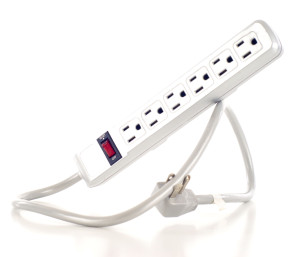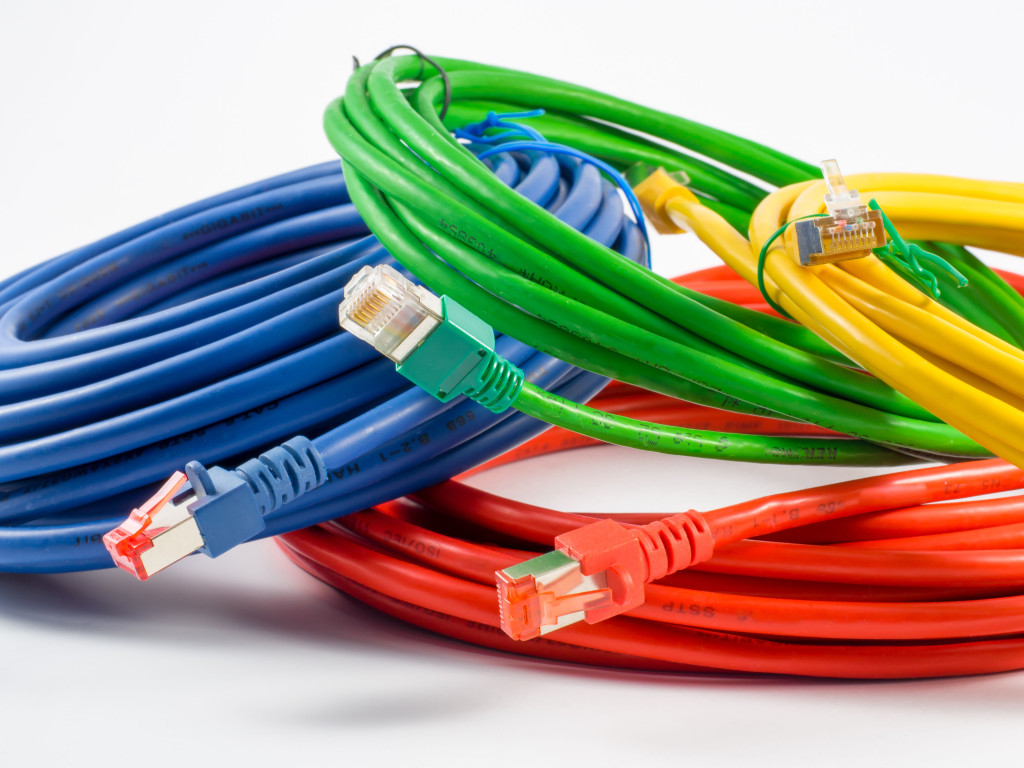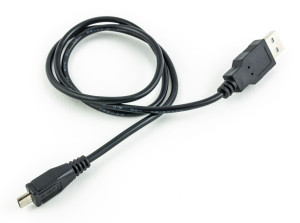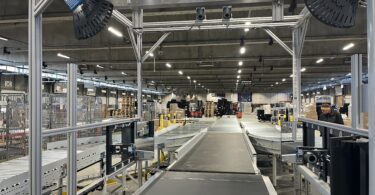Editor’s Note: Wilson Lee, an Application Engineer for Identification and Measurement at SICK, tackles every customer concern with an attitude focused on success…or as he puts it: Survival! Keep reading for a peek inside Wilson’s “Bug-out Bag” for successfully troubleshooting any issue that might arise at a customer site.
Did you know there are survival kits available for the zombie apocalypse? They include things like bandages, freeze dried food, a machete, etc…
Demonstrating a product or troubleshooting hardware in front of customers can be very similar (no machete required). That is, the better prepared an engineer is for whatever comes at them, the better the chances of surviving!
Through the years, I’ve assembled these necessities that I take with me when I travel to a customer to troubleshoot or demonstrate the CLV barcode scanners, Lector image-based code readers, or RFID interrogators.
 First and foremost is a computer with the latest version of SOPAS software and all the SOPAS Device Descriptions.
First and foremost is a computer with the latest version of SOPAS software and all the SOPAS Device Descriptions.
My “Bug-out Bag” (a.k.a., computer bag) will always have these items:
- Small Ethernet Switch w/Power Supply
- AC Power Strip
- USB ‘A’ to Micro-B cable
- USB ‘A’ to Mini-B cable

- An assortment of Ethernet Cat-6 Gigabit Patch cables
- USB to Gigabit Ethernet adapter
- USB to Serial adapter
- Ethernet cable M12 4-pin D-Coded to RJ45
- Ethernet cable M12 8-pin X-Coded to RJ45
- M12 17-pin to 15-pin D-Sub cable

- M12 12-pin to 15-pin D-Sub cable
- 9-pin Female D-Sub to 9-pin Female D-Sub NULL Modem cable
- 9-pin Male D-Sub to 9-pin Female D-Sub straight Serial cable
There are other tools that would be useful, but the items above will not raise any alarms when passing through airport security.
With these tools in the capable hands of a SICK engineer, customers can rest assured that the person troubleshooting their application is truly ready for anything.





